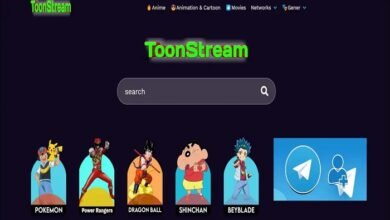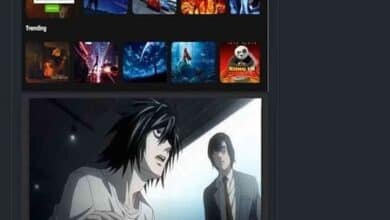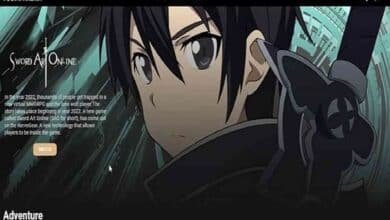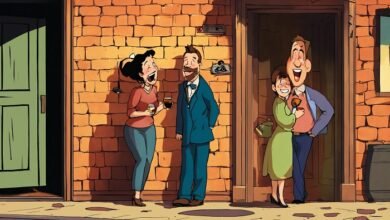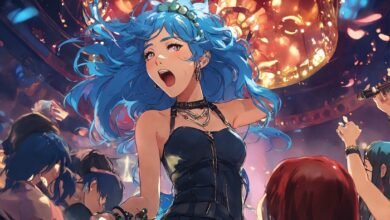Exploring the World of Toons: A Deep Dive into Animated Fun

Introduction
Toons have captivated audiences of all ages for decades, offering a unique blend of entertainment, artistry, and storytelling. From classic cartoons of the early 20th century to today’s sophisticated animated series and movies, toons continue to be a significant part of our cultural landscape. This blog post explores the evolution of toons, their impact on viewers, and the creative processes behind them.
The Birth of Toons
The history of toons begins in the early 1900s when animation first emerged as a form of entertainment. Early toons were simple and often silent, but they laid the groundwork for a new industry that would eventually blossom into a global phenomenon. Studios like Disney and Warner Bros. were pioneers, creating characters that have become cultural icons.
Evolution of Animation Techniques
Over the years, the techniques used to create toons have evolved dramatically. From hand-drawn frames to CGI, each technological advancement has opened new possibilities for animators to bring their visions to life. This evolution has not only improved the visual quality of toons but has also expanded their storytelling capabilities, allowing for more complex and engaging plots.
Iconic Toon Characters
Toons are nothing without their characters, and some have become more recognizable than others. Characters like Mickey Mouse, Bugs Bunny, and SpongeBob SquarePants are iconic, transcending their original toons to become symbols recognized around the world. These characters have a lasting appeal, often due to their relatable traits and timeless humor.
Toons in Television and Cinema
While toons started in short formats, they have since found a home in both television and cinema. Toons on TV have become a staple for children’s programming with series like “The Simpsons” and “Family Guy” proving popular among adults too. In cinema, toons have led to major box office hits, including animated feature films and franchises like “Toy Story” and “Shrek.”
The Impact of Toons on Culture
Toons have had a significant impact on popular culture, influencing fashion, language, and even politics. Their ability to address complex issues in a humorous way makes toons a powerful tool for commentary and reflection. Additionally, toons often celebrate diversity and inclusion, teaching valuable lessons about acceptance and understanding.
Toons and Education
Educational toons have become a valuable tool for teaching children in an engaging and enjoyable manner. Shows like “Dora the Explorer” and “Sesame Street” combine entertainment with learning, helping kids develop cognitive, social, and emotional skills while they watch and interact with the characters.
The Global Influence of Toons
Toons have crossed international borders and have been embraced by cultures around the world. They are dubbed or subtitled in various languages, allowing them to reach a global audience. This universal appeal is a testament to the power of animated storytelling and its ability to connect with people regardless of age or background.
Challenges in the Toon Industry
Despite their popularity, the toon industry faces several challenges, including high production costs and intense competition. Additionally, the rise of digital platforms has transformed the way audiences consume toons, pushing creators and distributors to innovate continuously.
Future Trends in Toons
The future of toons looks promising with advances in technology and storytelling. Virtual and augmented reality offer new ways for audiences to experience toons, making them more interactive. Moreover, as global connectivity increases, we can expect to see more culturally diverse toons that appeal to a wider audience.
Conclusion
Toons have evolved from simple drawings to complex works of art that entertain, educate, and inspire. They have become an integral part of our media landscape, influencing generations of viewers. As technology continues to advance, the potential for what toons can achieve seems limitless. The enduring charm of toons lies in their ability to blend creativity with relatability, making them beloved by people of all ages.
FAQs
Q1: What was the first toon ever made?
A1: The first recognized animated film is “Fantasmagorie” by Émile Cohl, made in 1908. However, many consider “Steamboat Willie” (1928), featuring Mickey Mouse, as one of the first influential toons.
Q2: How are toons different from regular movies?
A2: Toons are specifically designed with animation techniques, creating worlds and characters from artistic renderings or digital models, unlike regular movies that typically use live actors and physical settings.
Q3: Can adults enjoy toons as well?
A3: Absolutely! Many toons are created with layers of humor and themes that can be fully appreciated by adults. Shows like “Rick and Morty” and “BoJack Horseman” cater specifically to an adult audience.
Q4: What is the most successful toon of all time?
A4: Measuring by box office success, “Frozen II” is one of the highest-grossing animated films. However, success can also be measured by longevity and cultural impact, where classics like “The Simpsons” excel.
Q5: How long does it take to produce a toon?
A5: The production time for toons can vary widely depending on the style and complexity. A single episode of a TV toon might take several months to complete, while a feature film could take anywhere from two to five years.

